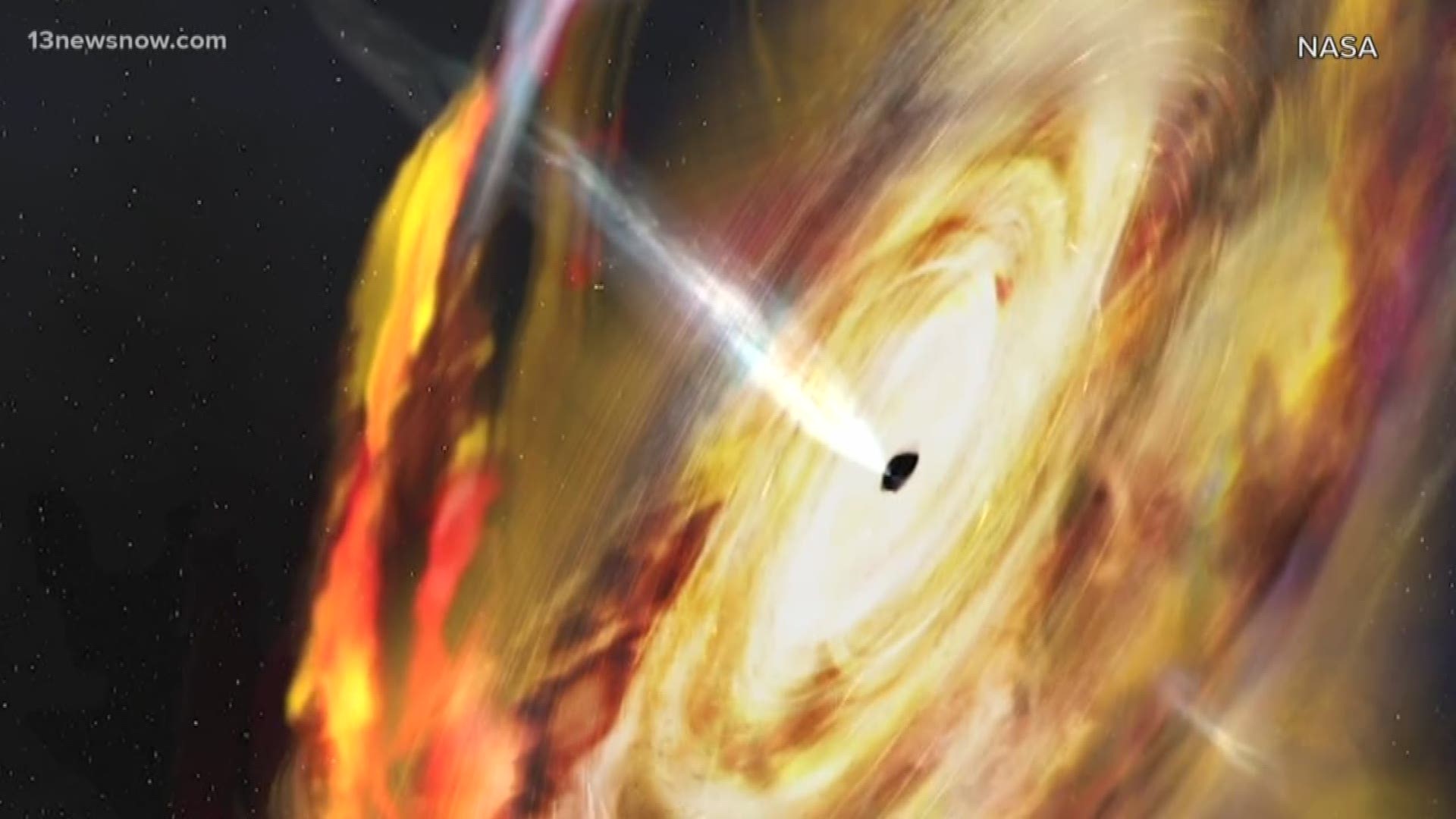

Earth sheltered houses, either underground ones or bermed (that means one side is exposed and others are covered by earth), provide excellent protection from natural disasters, elements and noise pollution. Don’t fancy living underground? You will be surprised to hear that underground living becomes increasingly popular these days, even with no threat of the Sun turning into a black hole. Humans might be able to survive underground using geothermal energy for heating and to generate electricity. Without sunlight, photosynthesis will cease and plants and, consequently, plant eating species will die out. As the temperature on Earth drops, the surface water will quickly freeze. And you will be absolutely right! But in that case the event horizon will be even smaller.Ĭonclusion 2 : the Earth would have orbited a solar mass black hole just as it currently orbits the SunĪs for the living things on our planet, life on Earth, even though it will stay on its current orbit, will not be a picnic. Therefore any planet orbiting more than 3 kilometers away from the centre of the Solar System would be safe! Of course, you may argue that the Sun does spin and so will the black hole. A small, solar mass black hole would have a Schwarzschild radius of about 3 kilometers. For the simplest case of a non-rotating black hole, the size of the event horizon is determined by its Schwarzschild radius. The more massive object you squeeze, the larger its event horizon (the point of no return) is and the further away from a black hole a stable orbit of a planet would be. Even if the Sun somehow converted into a black hole without the initial expansion, explosion and, inevitably, mass loss that normally accompany such transformation, a solar mass black hole will still be tiny!īlack holes are about mass squeezed into a point of infinite density, called singularity.

But here is good news: our black-hole-Sun will be so small, that “gravity-wise” we would hardly notice any difference. You will not be able to see the Moon and our neighbor planets on the permanently dark sky anymore, only stars. What would it be like for us? Well, the black-hole-Sun will not be giving out any light or heat, so prepare for miserable existence in freezing cold and pitch black environment. OK, let’s imagine for a second that the Sun did turn into a black hole. The cooling down happens so slowly, that astronomers believe that not a single black dwarf has been formed yet.Ĭonclusion 1 : white dwarf and, eventually, black dwarf, is the future of the Sun and most other stars you see in the night sky! stellar corpses that emit no light or heat. With time these objects cool down and become black dwarfs, i.e. no nuclear fusion is happening in their interiors. At the end, these stars leave behind a very dense core, a so-called white dwarf, surrounded by a shell of gas, a planetary nebula. Their cores contract while various outer layers form and continue to expand. When these stars burn up all the hydrogen in their cores, they swell into red giants. Little stars, like the Sun, die in a different way. Only the most massive stars become black holes at the end of their lives. None of those awful things are going to happen in real life!įirst of all, the Sun is never going to turn into a black hole. What would have happened to the Earth if the Sun suddenly turned into a black hole? That was the most frequent question we’ve been asked this Autumn.Īnd if you are already imagining the Earth spiralling towards the black-hole-Sun, being spaghettified and other similar horrors, you are not the only one! Let us put your fears to rest once and for all.


 0 kommentar(er)
0 kommentar(er)
